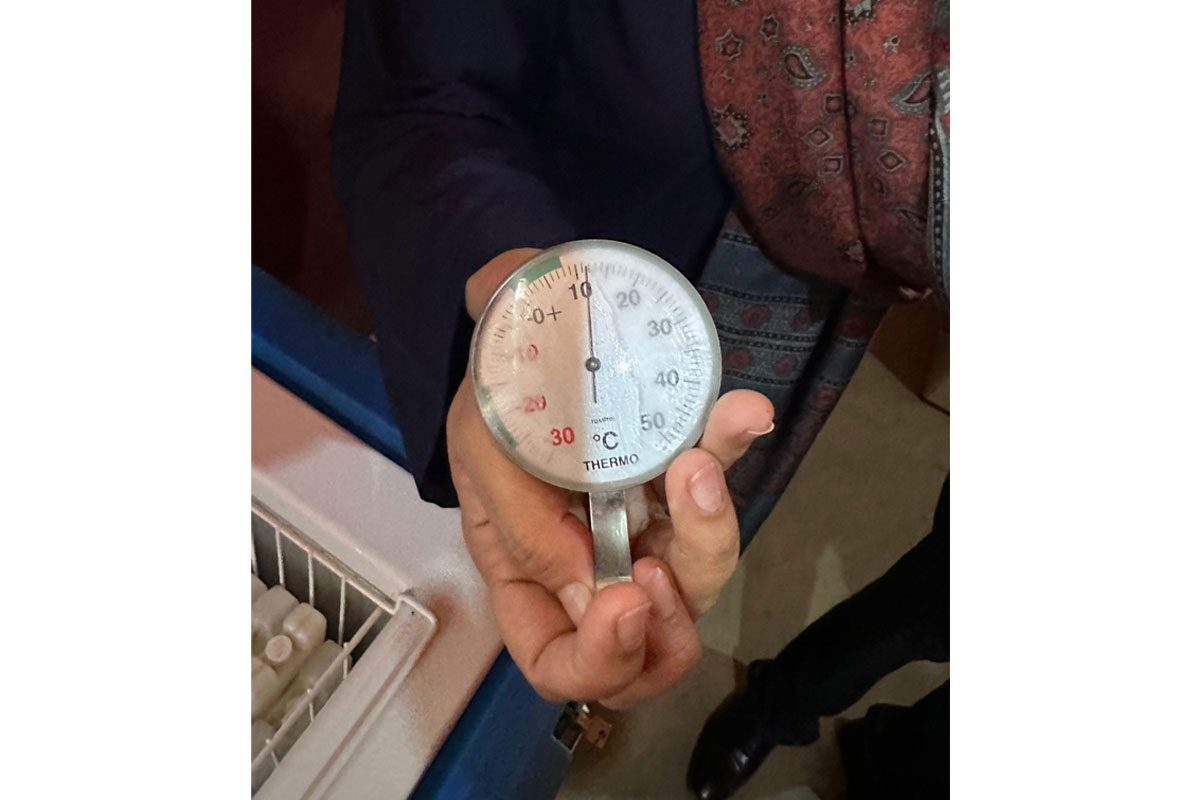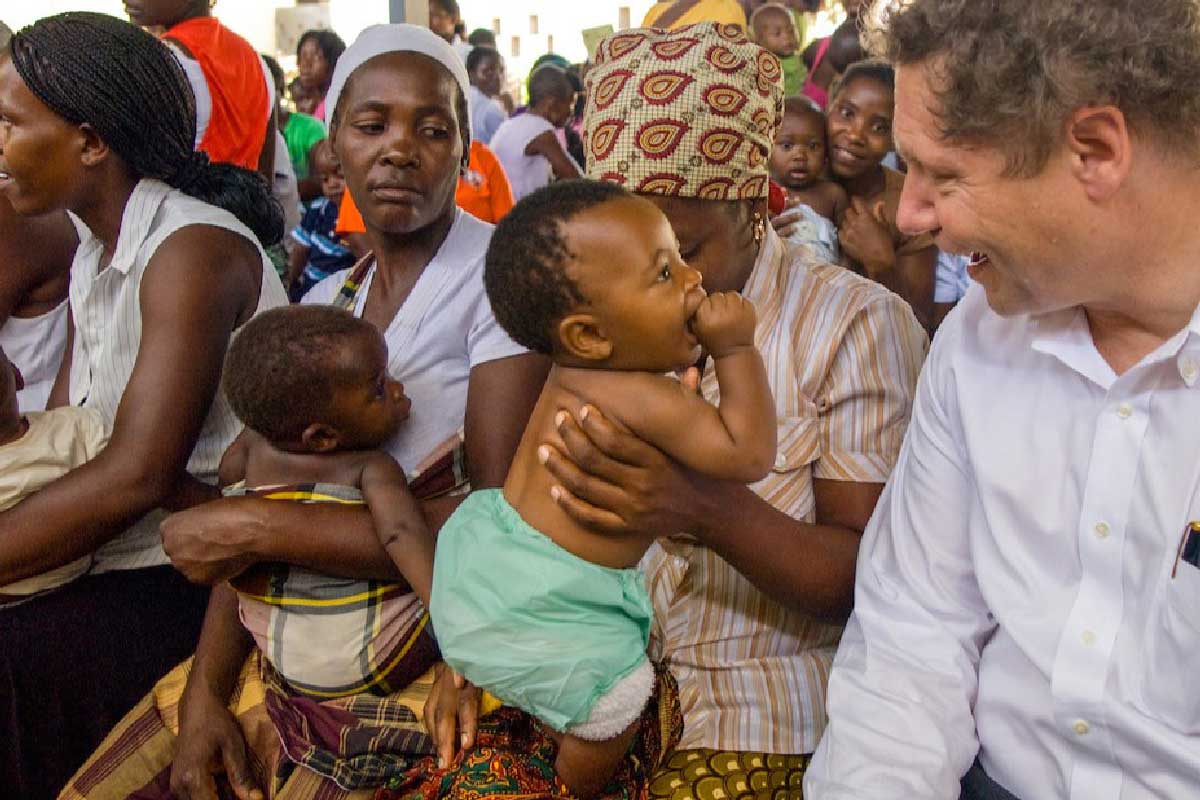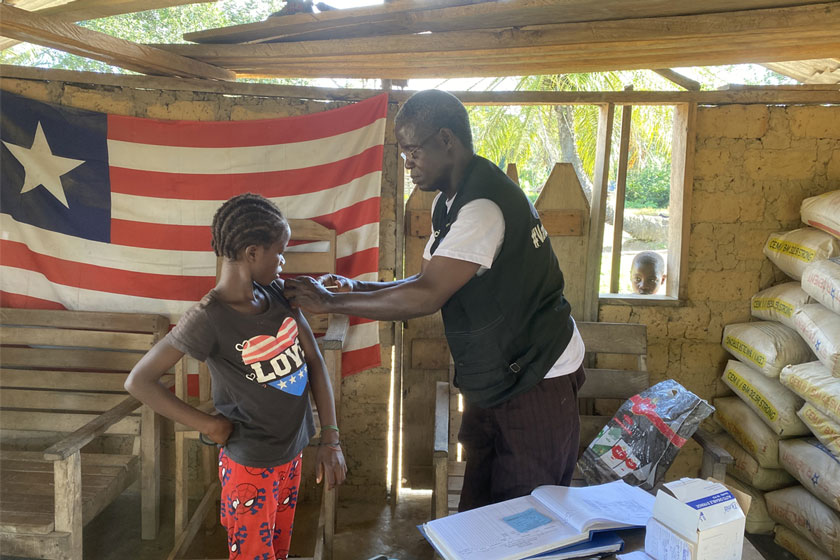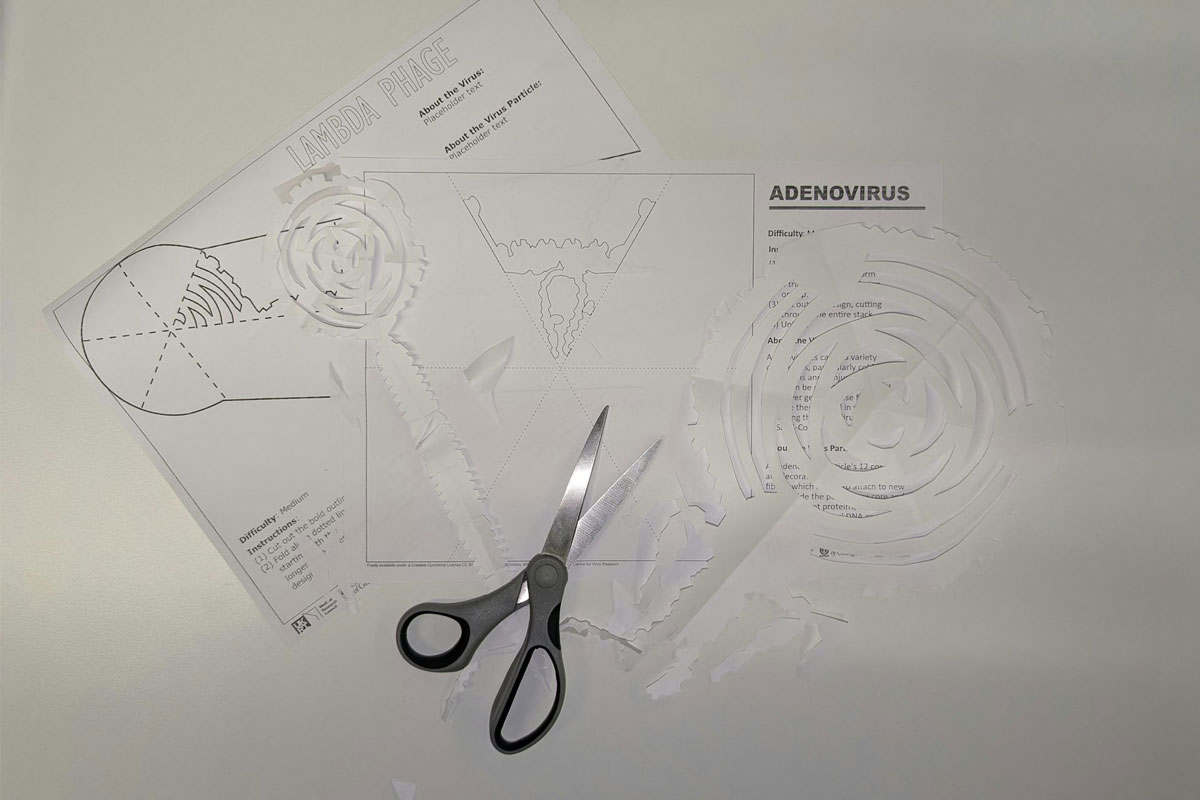UN at 80: Time for a New Architecture?
Le Corbusier and Niemeyer designed the UN building to inspire unity. 80 years later, are we building bureaucracy instead?
- 10 September 2025
- 5 min read
- by Pascal Barollier

As delegates gather once again in the next two weeks in that iconic modernist building in New York, they're walking into more than just another annual meeting. They're entering a space designed by visionaries Le Corbusier and Oscar Niemeyer, who in the aftermath of World War II didn't just create architecture — they built hope. Those bold curves and rational lines weren't mere aesthetic choices; they were a physical manifestation of humanity's greatest aspiration: nations working together.
We need to redesign the systems of global cooperation with the same intentionality — spaces (metaphorical ones) where countries can build genuine partnerships, where innovation thrives, where the distance between a good idea and saving lives gets shorter, not longer.
Eighty years on, the United Nations is under growing scrutiny, being criticized for fragmentation, inefficiency, and financial strain. These challenges are increasingly seen as limiting the UN’s ability to fulfil its mandate and respond effectively to global crises. Unsurprisingly, this year’s General Assembly will be discussing the “UN80 Initiative”, a system-wide reform effort to improve organizational efficiency, streamline mandate delivery and create a more accountable system.
80th UN General Assembly: Gavi High-level messages
The Paradox of Progress
Here's what's remarkable: the UN has delivered. Since its founding, the UN has laid the groundwork for unprecedented international collaboration. From the Millennium Development Goals to the Sustainable Development Goals (SDGs), it has helped mobilize resources and consensus to improve lives across the globe. Child mortality? Cut in half since 2000. Vaccine coverage? Expanded to protect more people in lower-income countries than ever before. Infectious disease deaths? Reduced by nearly 60%. These aren't just statistics — they're millions of lives saved, families kept whole, futures made possible.
Yet success has bred its own problems. The UN's growth in initiatives has created a labyrinth of overlapping mandates, bureaucratic inefficiencies, and donor fatigue. Countries that should be focusing on delivering health services are instead drowning in reporting requirements to multiple agencies with similar goals.
The Billion-Dollar Question
As the UN marks its 80th anniversary, the "UN80 Initiative" isn't just another reform proposal — it's an acknowledgment that the current system is creaking under its own weight. The question isn't whether change is needed. It's whether we can summon the same visionary thinking that created this institution in the first place.
Have you read?
A New Blueprint for Global Health
The path forward requires three fundamental shifts — and concrete action:
1. Expand and Enhance Vaccine Coverage

The foundation of global health security starts with vaccines. We need political leaders and financiers to prioritize life-saving immunizations aligned with what countries actually need, not what looks good in donor reports. This means optimizing systems to reach every unimmunized child, especially in underserved communities, while building robust outbreak preparedness with equitable vaccine access baked in from day one.
2. Reform the Global Health Architecture

Let countries lead their own health destinies. Stop imposing solutions and start amplifying national priorities. Champion country-centricity, self-reliance, and focused mandates with clear timelines and accountability mechanisms. If your grandmother can't explain your organization's mandate in one sentence, it's too complicated. Every duplicated effort is a missed opportunity to save more lives with the same resources.
3. Address Non-Communicable Diseases with Urgency

Here's where we can be genuinely transformative: commit to eliminating infectious causes of NCDs like viral hepatitis and cervical cancer. Integrate vaccination into national NCD strategies and expand access to affordable prevention, medicines, diagnostics, and screening. This isn't just about saving lives — it's about reducing the financial burden crushing health systems worldwide.
The thread connecting all three? Leverage the digital revolution. We're still operating 20th-century institutions in a 21st-century world. The same technologies that allow us to track our morning coffee order in real-time should be revolutionizing how we deliver vaccines to remote communities.
The Cervical Cancer Moonshot
Want to see what ambitious, focused global health cooperation looks like? Consider this: we could eliminate cervical cancer within a generation. We have the vaccines, the screening tools, the treatment protocols. What we need is the same coordination that put humans on the moon — except this time, we're saving lives, not planting flags.
Viral hepatitis elimination? Equally achievable. The difference between what's possible and what's happening isn't technology or money — it's the courage to streamline how we work together.
Beyond the Acronyms
The architects who designed the UN building understood something profound: the space you create shapes the conversations you have. Those soaring spaces and flowing lines were meant to inspire collaboration, not bureaucracy.
Let countries lead their own health destinies. Stop imposing solutions and start amplifying national priorities. Champion country-centricity, self-reliance, and focused mandates with clear timelines and accountability mechanisms.
Today's challenge is architectural in a different sense. We need to redesign the systems of global cooperation with the same intentionality — spaces (metaphorical ones) where countries can build genuine partnerships, where innovation thrives, where the distance between a good idea and saving lives gets shorter, not longer.
The Choice Ahead
As delegates debate reform proposals, the stakes couldn't be higher. The next pandemic is coming. Climate change is reshaping disease patterns. Aging populations need different health solutions. These challenges won't wait for perfect organizational charts or consensus-building processes.
The UN has already proven that international cooperation can transform the human condition. Now it needs to prove it can transform itself.
Because in a world facing complex, interconnected challenges, we need the United Nations — truly united, strategically focused, and relentlessly effective.








